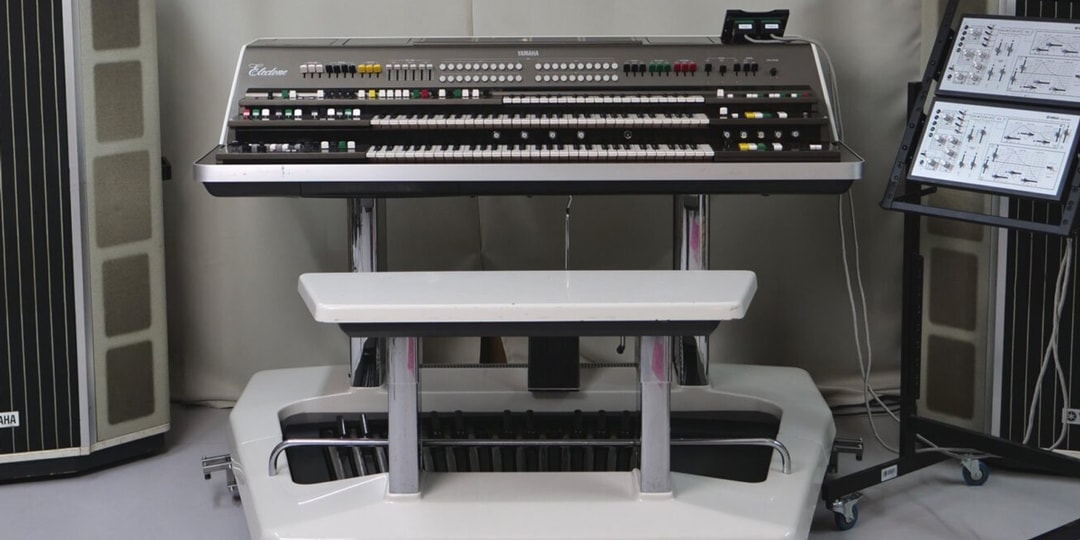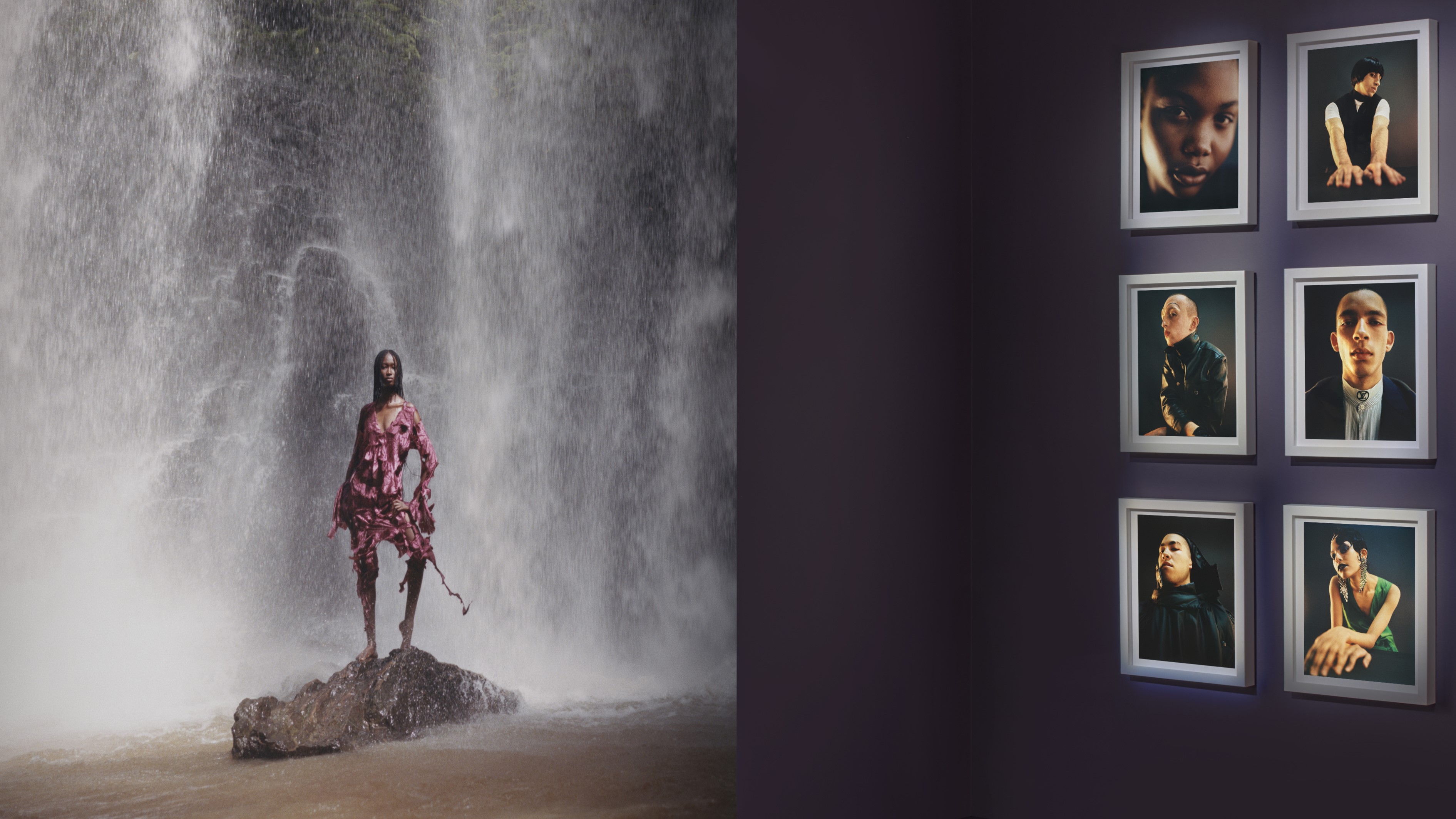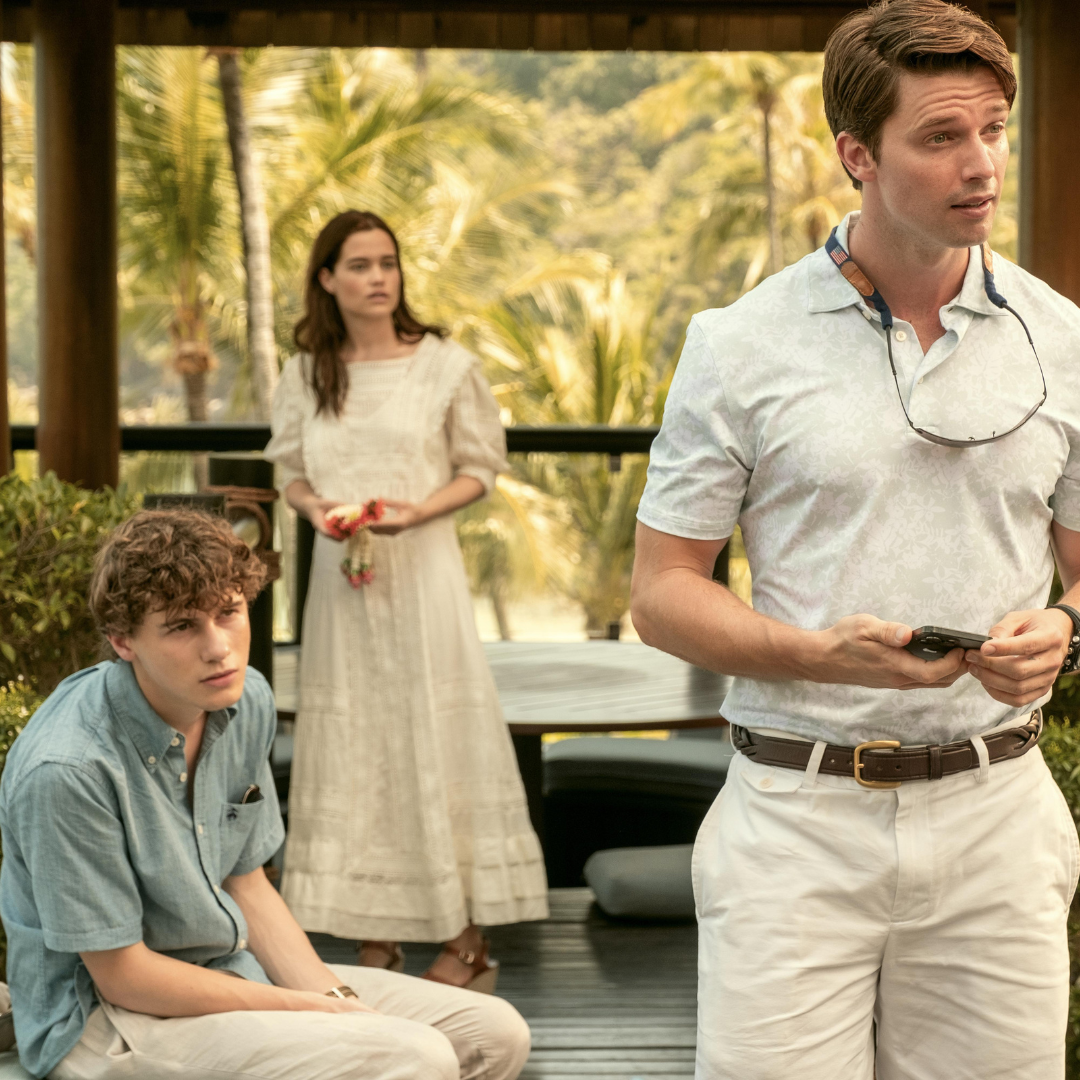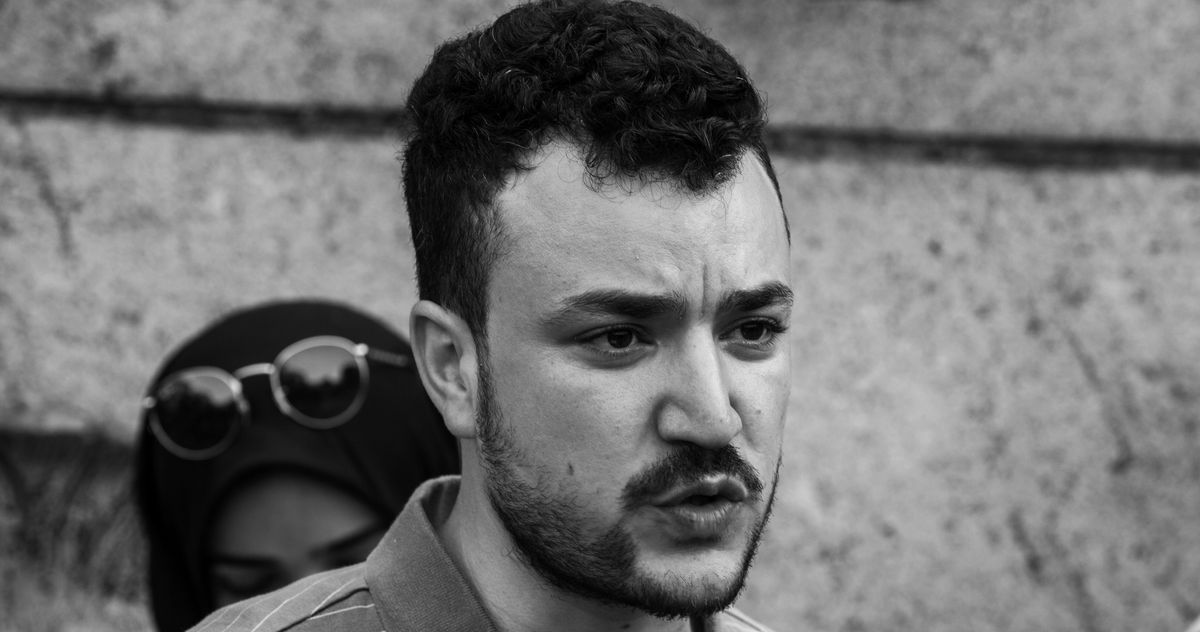Warfare is more an excellent horror movie than a war film
It doesn’t feel quite right to call Warfare a war movie. At least not in the traditional sense. War movies generally have arcs and scope; they search for meaning in the violence. Warfare’s aims are more direct. According to co-directors Alex Garland (Civil War, Annihilation, Ex Machina) and ex-Navy SEAL Ray Mendoza, the goal of […]


It doesn’t feel quite right to call Warfare a war movie. At least not in the traditional sense. War movies generally have arcs and scope; they search for meaning in the violence. Warfare’s aims are more direct. According to co-directors Alex Garland (Civil War, Annihilation, Ex Machina) and ex-Navy SEAL Ray Mendoza, the goal of the film was to put viewers in the shoes of its soldier characters, and communicate the real experience of modern warfare as much as possible. The best sign that the pair succeeded in their mission is that Warfare feels far more like a horror movie than like a regular war movie.
Warfare is based on Mendoza’s real experiences in Iraq during the Battle of Ramadi — more specifically, a single mission where a platoon of Navy SEALs were supposed to provide overwatch from inside an Iraqi home. The opening few minutes of the film let us see the methodical process as the squad breaches the house, taking it over from the two Iraqi families who live there. Then the grueling part of the mission begins, as one member of the team keeps watch on a market across the street, and the rest simply sit by and wait for something to go wrong.

When we award the Polygon Recommends badge, it’s because we believe the recipient is uniquely thought-provoking, entertaining, inventive, or fun — and worth fitting into your schedule. If you want curated lists of our favorite media, check out What to Play and What to Watch.
It does, eventually, when the SEAL presence attracts the attention of insurgent fighters, who ambush the house, then essentially lay siege to it, trapping the squad inside. From there, the film becomes a life-or-death fight for survival, as the squad attempts to both escape and save several wounded members of the team.
But to communicate all of this effectively, the audience needs to feel the same tension and dread that the soldiers would have felt in real life. To do that, Garland and Mendoza cleverly turn to the mechanics of the film genre that does those feelings best: horror. Garland’s career as a director has always been on the periphery of horror, with 2022’s confusing provocation Men being his most overt attempt at the genre and his worst film by far. Meanwhile, this is Mendoza’s first outing as a director, but he’s mostly worked as an advisor on other war movies in the past. But both directors dive all the way into the horror genre here.
Warfare is full of jump scares, punctuated by gunshots and explosions instead of bursts of strings on the soundtrack. The movie is made up of the same kind of anticipation that a slasher movie might build as the main characters peer into a seemingly empty stretch of woods. The camera lingers on these kinds of potentially threatening spaces — in this case, alleyways and streets rather than a dark forest — with the constant threat of sudden attacks building the tension to nearly unbearable levels. Meanwhile, the perspective we get is always carefully fixed on the soldiers we follow, with danger seemingly lurking around every corner, and threatening sounds coming from every direction.

As clever as using this cinematic language is, however, it’s easy to imagine how it could slip into some unfortunate, ugly implications. If Warfare communicates its tension and horror like a monster movie, what does that say about the people the SEALs are fighting? Thankfully, Mendoza and Garland avoid this comparison in a few different ways. For one thing, there’s never a doubt about the movie casting the SEALs as an invasive force, both to this house and the country as whole. The movie frequently cuts back to the captive Iraqi families who live in the besieged house, and notes the SEALs’ general indifference to the civilians’ fear of both the gunfire and the U.S. forces themselves.
Further, the movie constantly underscores the strange pointlessness of the conflict it’s depicting. In fact, the whole movie seems tailored to be a perfect metaphor for the invasion of Iraq — a difficult, dangerous, expensive occupation that largely led to a difficult, dangerous, and expensive retreat. It’s a strong stance, particularly for someone who fought in the conflict, but it also lets Garland and Mendoza focus on the horror of the SEALs’ experiences while keeping the movie buoyed above the gross dehumanization that plagues movies like American Sniper.

More than just familiar cinematic tricks, however, what really crosses Warfare into horror territory is its focus on the body. All horror, from zombie movies to slashers to psychological horror, is inherently rooted in the characters’ physical beings. Sometimes that means watching them get hacked into pieces by a Jason Voorhees type, get possessed by a demon, or undergo a more literal transformation in a body horror film. But no matter where the horror starts, it always ends with the body.
Warfare is no different. Garland and Mendoza choose to use the war on terror as their animating supernatural force, but in this movie, they’re just as focused on the physical effects of that force as any other horror movie might be. Both before the conflict and more pointedly during it, Garland and Mendoza are obsessed with showing us their characters’ bodies and the physical toll of the war on terror.
In one scene, early in the movie, we see a soldier providing intel via overwatch, lying prone on top of a stack of cushions for hours, staring into a sniper scope and reporting the smallest movements of people in a market. It’s a wonderfully dreadful scene, with more careful and effective tension-building work than nearly any horror movie this year so far. But that’s more like a side effect to what the movie’s really trying to show us: how hard this day-to-day soldiering really is. After what seems like hours in this position, the soldier finally asks someone else to take over so he can work the cramps out of his legs. Meanwhile, everyone around him looks battered, sun-worn, dehydrated, and utterly exhausted. And that’s before a single shot has been fired.

When the combat kicks off, though, all of this starts to take on a more familiar horror movie shape. Wounded characters slow the group down and need constant care, trapping the squad inside the house they’ve commandeered. And once again, the filmmakers smartly borrow from horror, giving us a setup that feels perfectly familiar. Tensions rise and tempers begin to fray; some of the soldiers lose their cool and panic, while others shut down completely. If you strip away all the guns and air support (as the movie eventually does), this is a classic horror movie setup: a few scared teens, stuck in a place they never should have entered.
In the wounds themselves, Mendoza and Garland double down on their emphasis on bodies and the physical toll of war. Whether from bullets or explosions, the injuries in Warfare could rival the gore of any horror movie. The makeup and effects look stomach-churningly convincing, and do an excellent job of selling the true danger of the SEALs’ situation and the real physical damage of war.
But Mendoza and Garland don’t limit these physical signifiers to the men who’ve taken hits or lost limbs. Instead, they let the boom of explosions ring in our ears for full minutes after they happen, and show us soldiers breaking down as they listen to their friends and squadmates scream on the ground. There’s even a character who goes through a kind of slow-motion panic attack, wonderfully communicated with both a fantastic performance by Will Poulter and a barely perceptible, but incredibly jarring, shaking of the camera when we see him in close-up.

What separates Warfare from other horror movies somewhat is that most of them would play these moments for quick shocks and terrifying scares. But Garland and Mendoza’s goal is to transport us into this world, to give us some approximated version of these soldiers’ real experiences. So they smartly make us sit with all of it, letting the noises and the blood seep in and wash over us. The constant ringing in the characters’ ears, the screaming that never stops or fades into the background, the misery of the heat as every character pours sweat, the hammer of gunfire just outside the walls of the house — they all combine into an ever-present thrum that’s undeniably effective at fraying nerves and disorienting viewers.
Garland and Mendoza’s simulacrum of combat was always going to have limits around how close it could bring us to real war. As the movie itself makes clear, there’s no experience in the world quite like this kind of combat. But by smartly leaning on the tools of horror movies rather than war movies, the co-directors have made one of the most tense and scary movies of the year so far, along with some of the most harrowing cinematic combat ever put to film.
Warfare is in theaters now.




















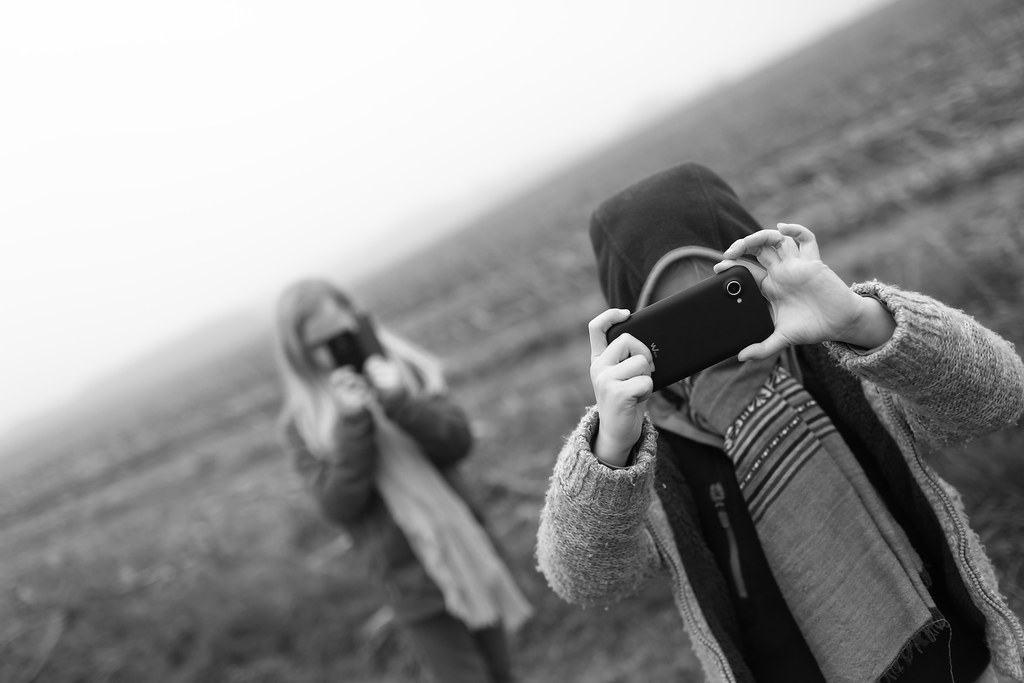









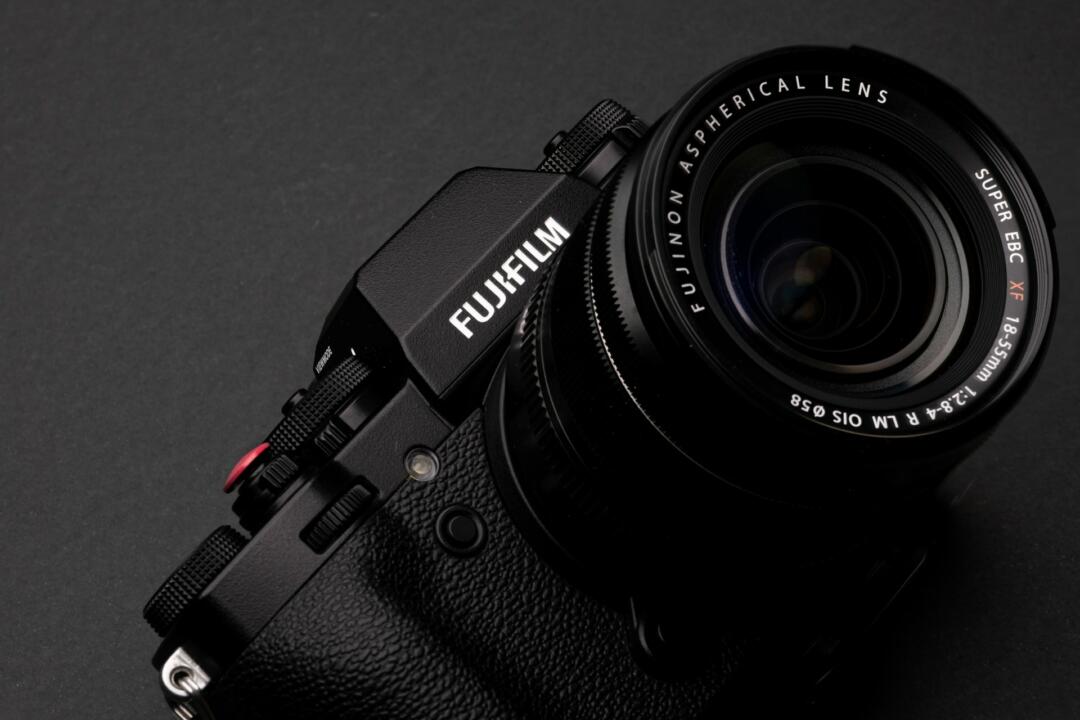
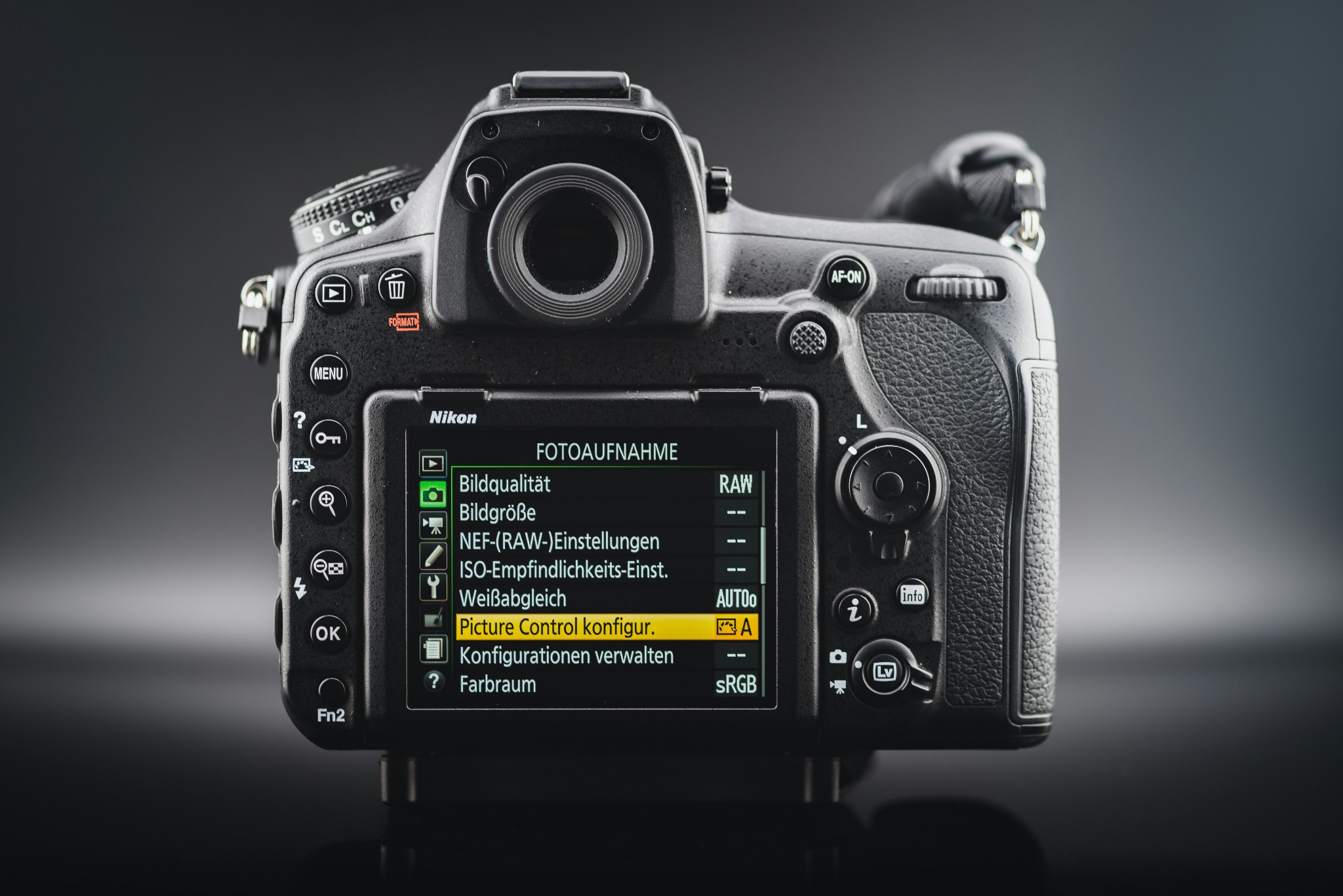
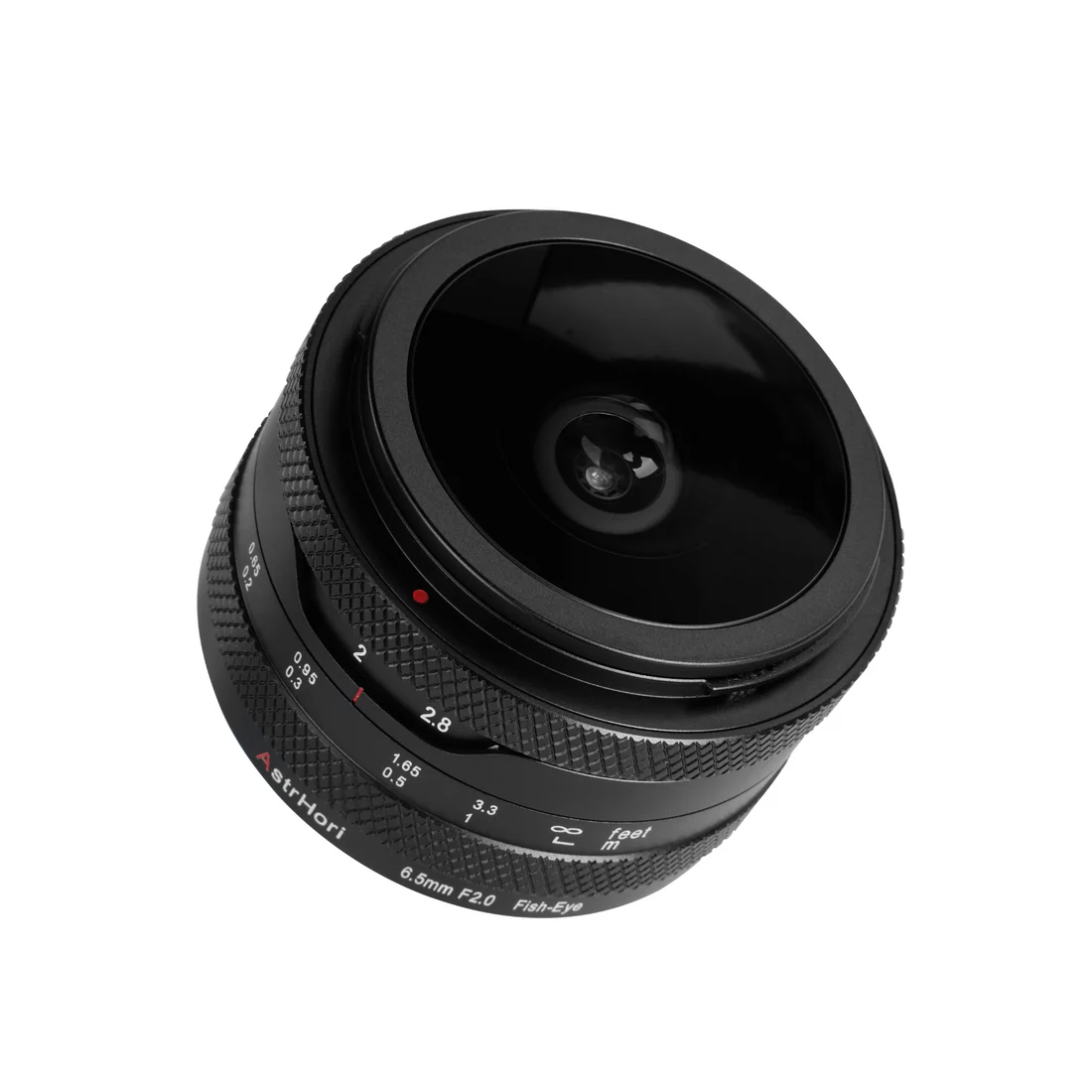













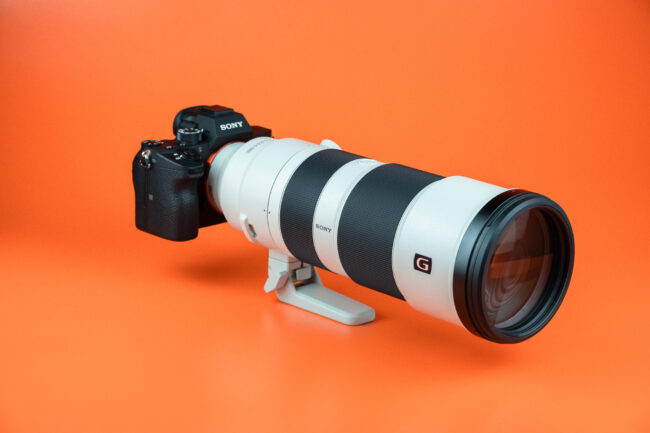






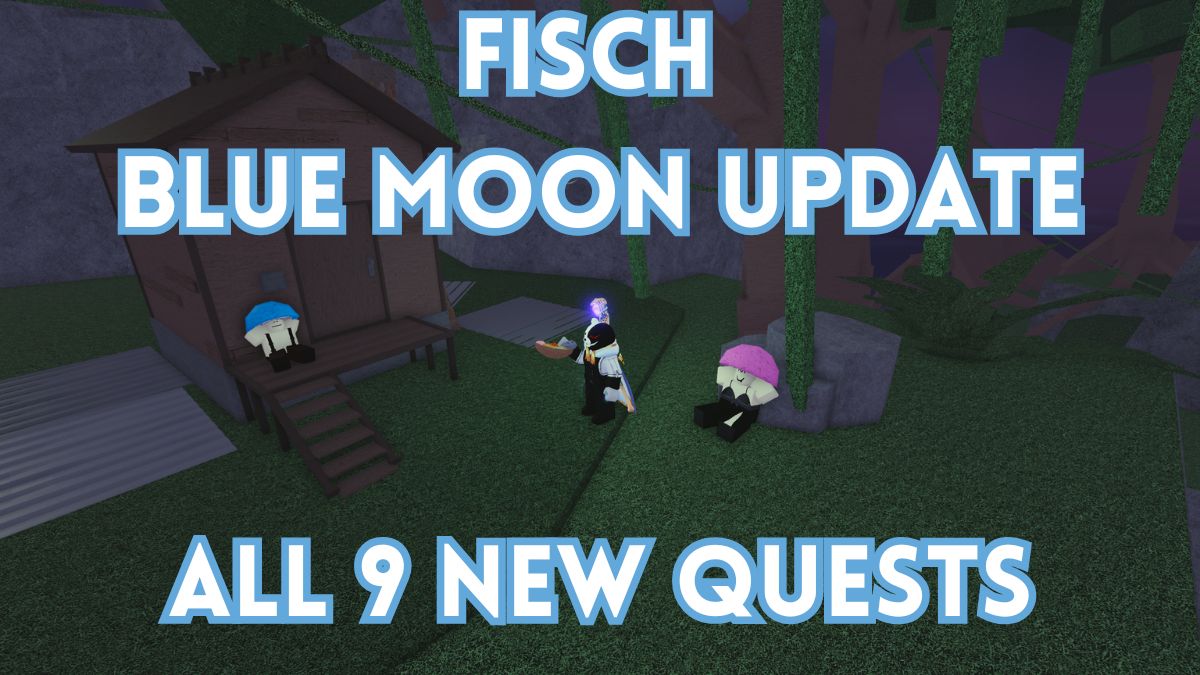



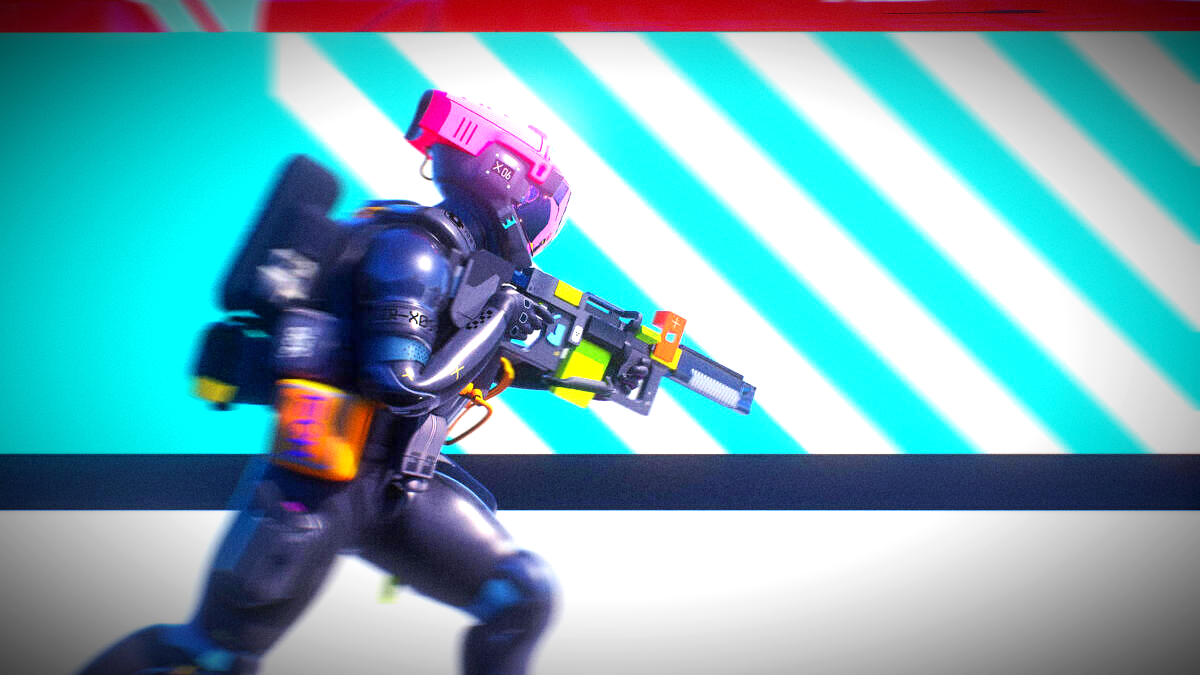
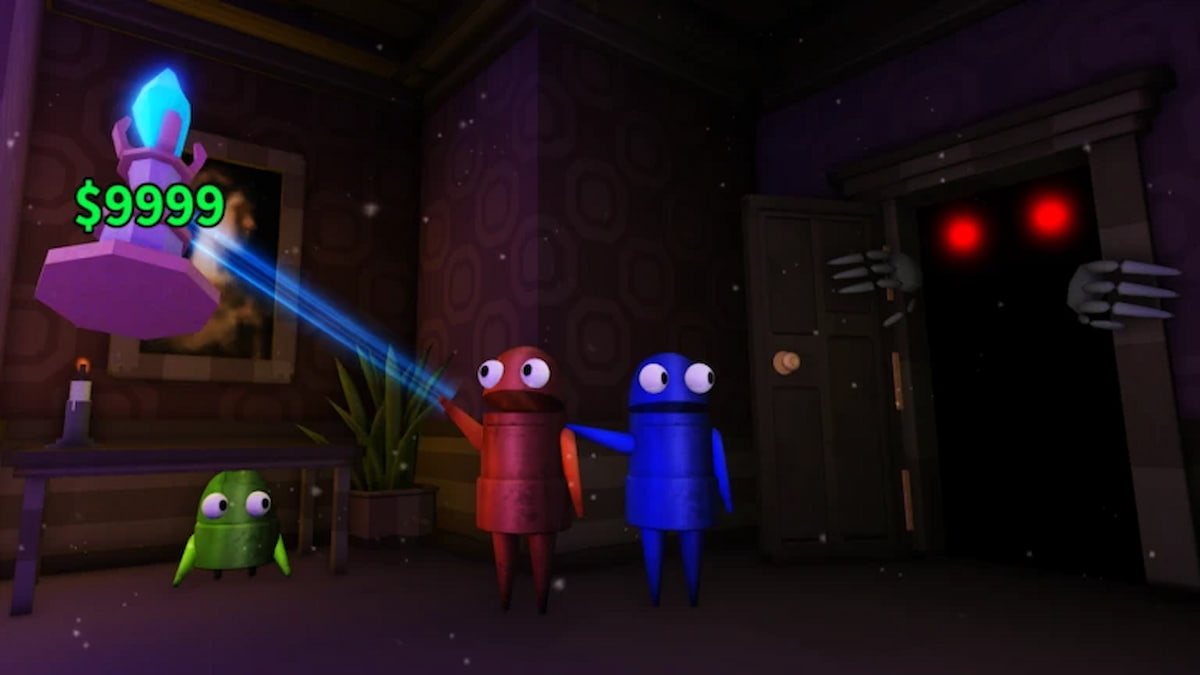
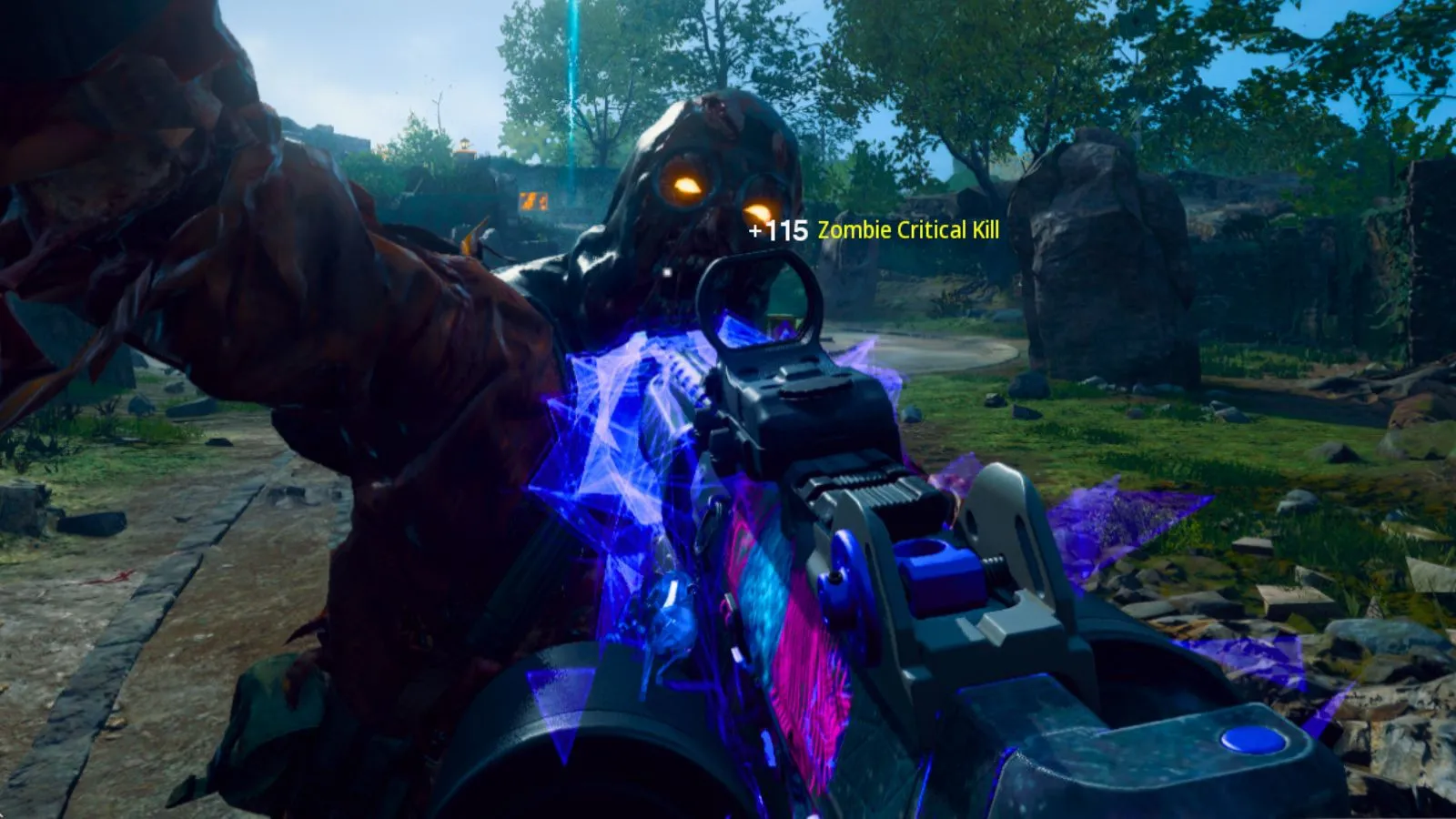

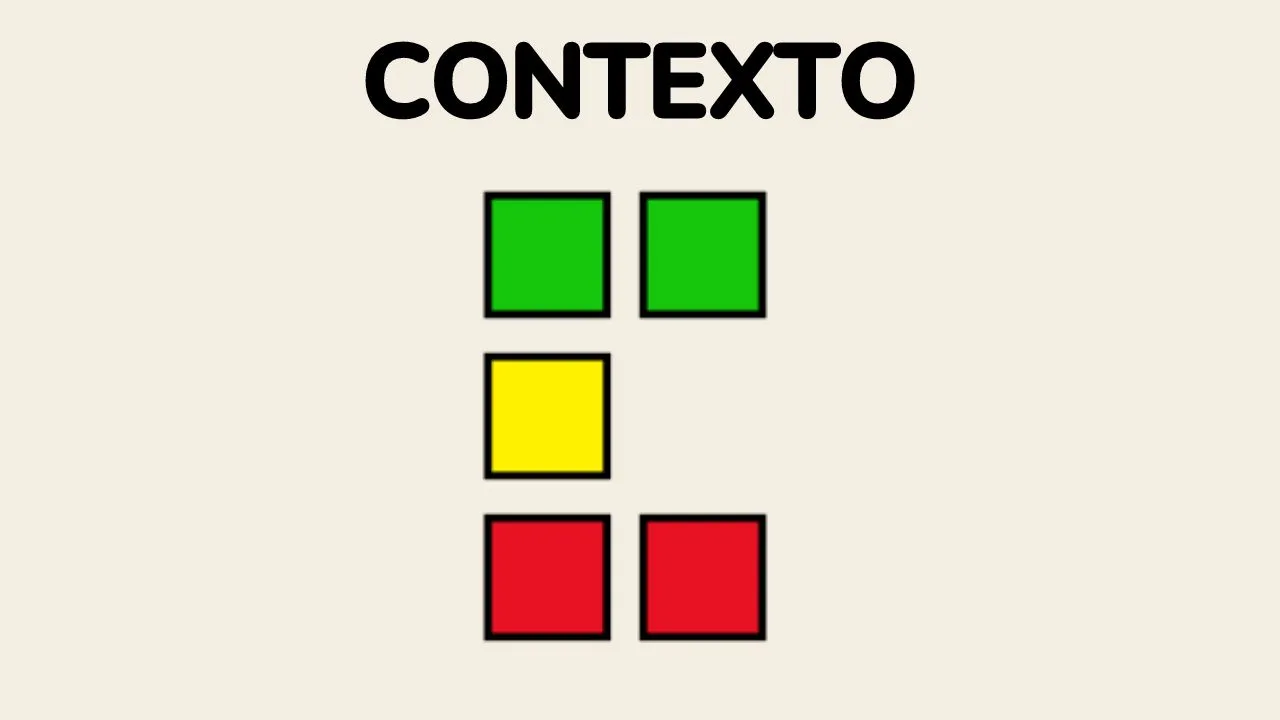


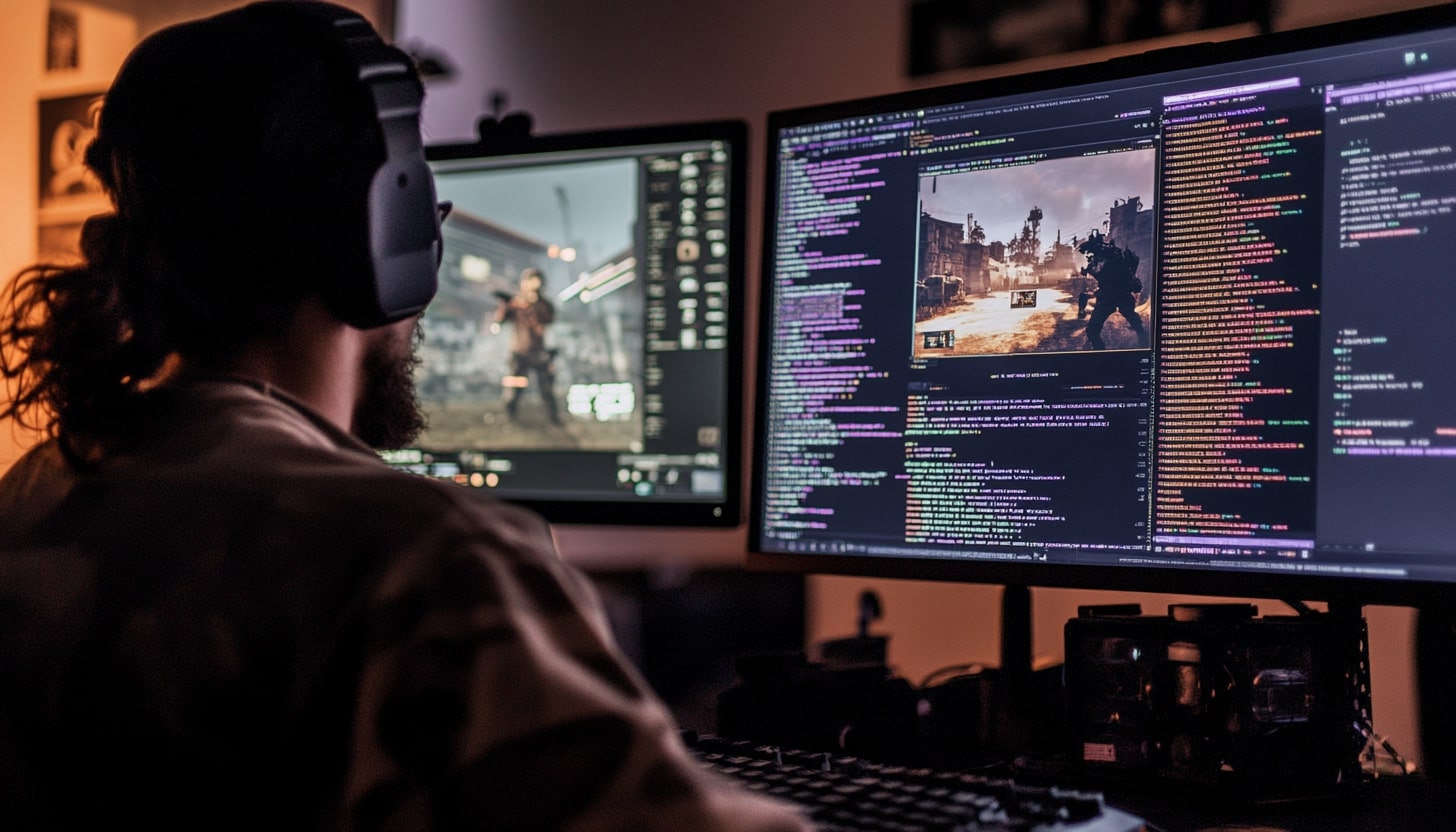
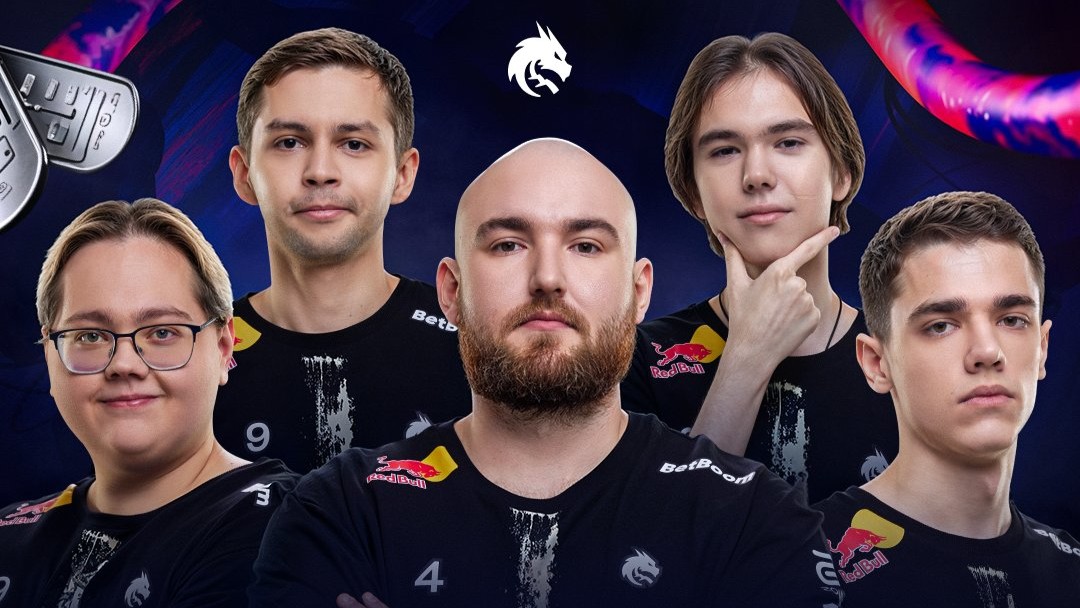
































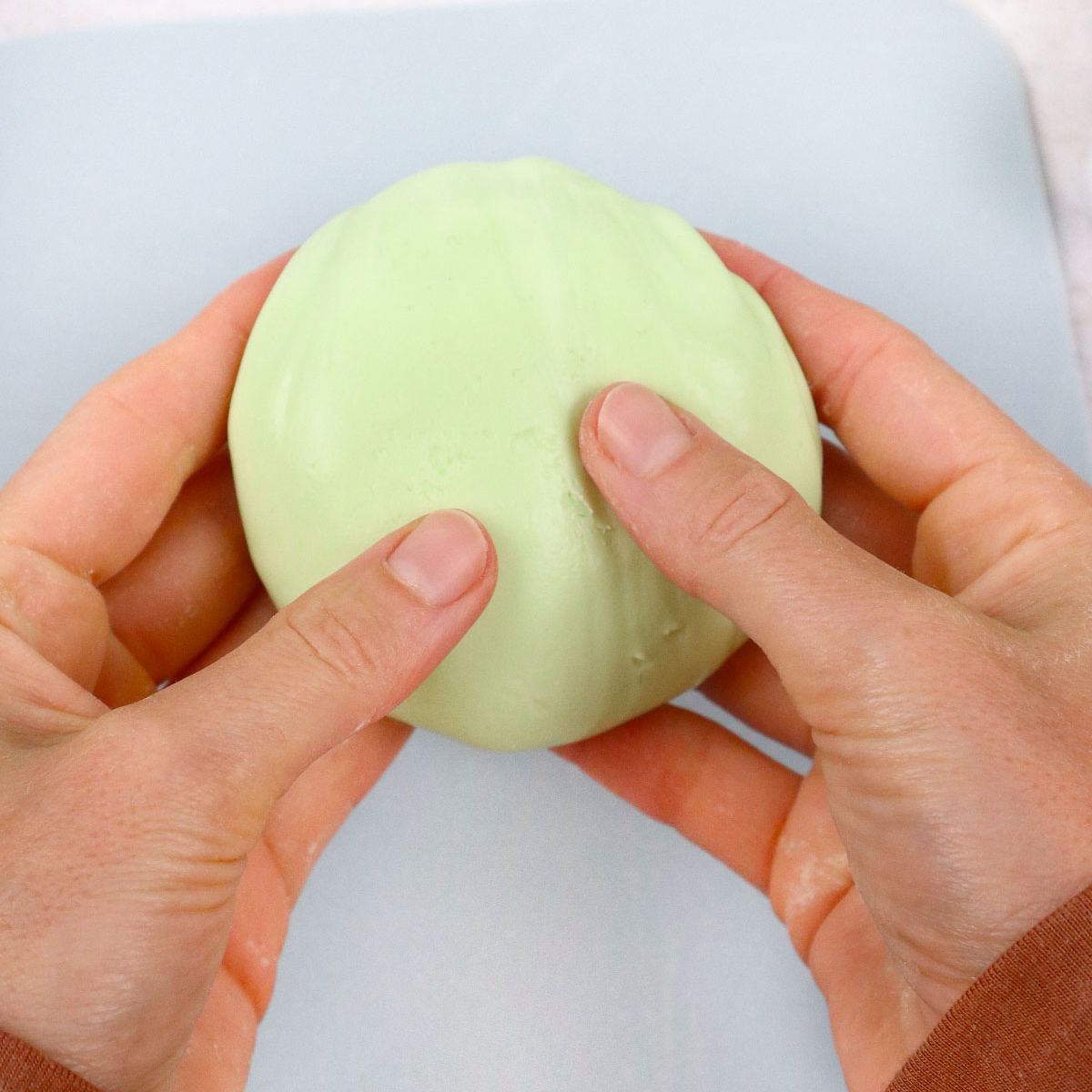














































































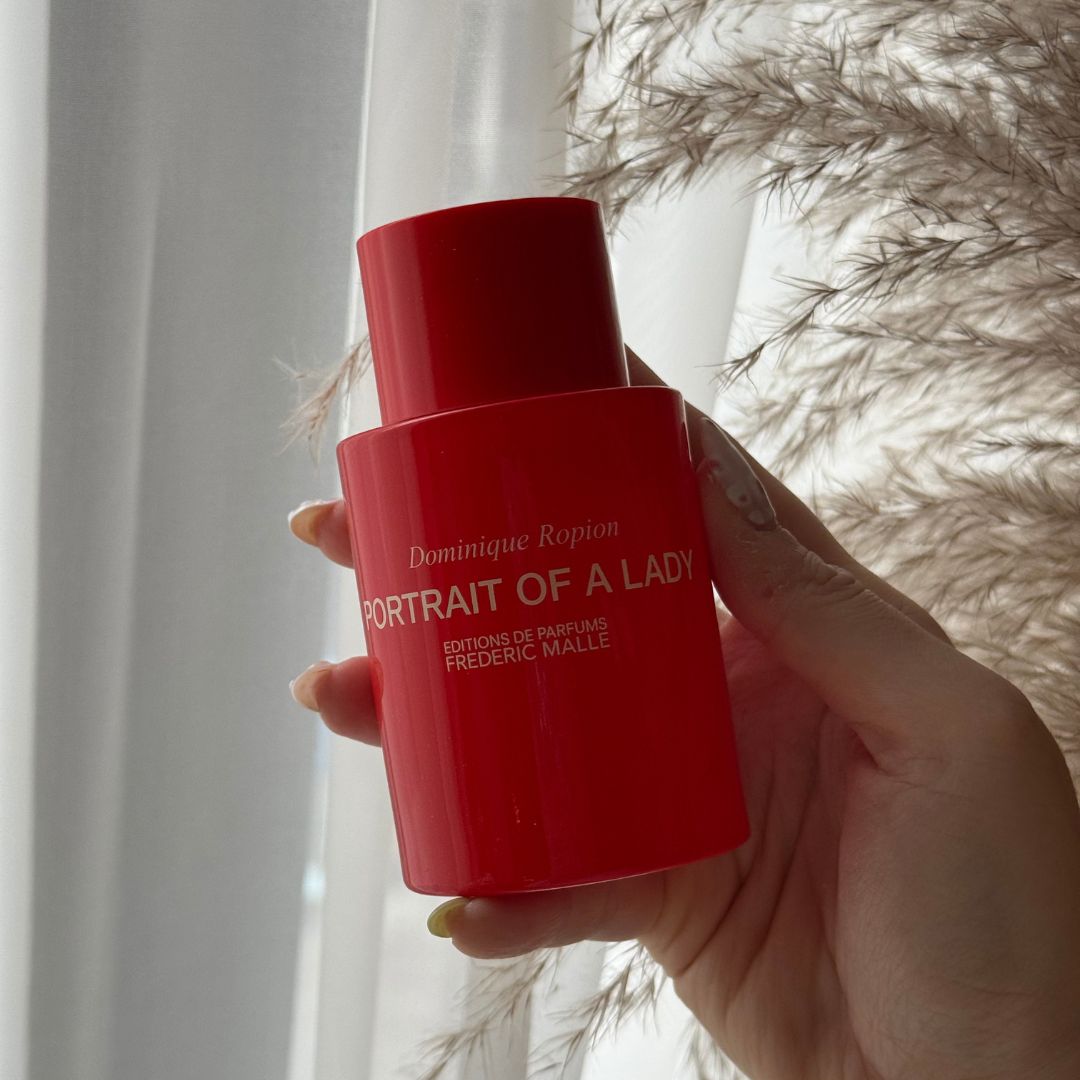






.jpg)





